Crestor
✅ Lowers cholesterol levels
✅ Reduces heart disease risk
✅ Prevents stroke
✅ Protects blood vessels
✅ Improves cardiovascular health
Crestor contains Rosuvastatin.
Product Overview
Crestor is a prescription medication containing rosuvastatin, an active ingredient classified as a statin. As part of the statin drug class, it’s primarily used to manage cholesterol levels and decrease cardiovascular risks. The medication functions by inhibiting cholesterol production in the liver, effectively reducing circulating cholesterol in the bloodstream. Marketed as oral tablets, Crestor is typically incorporated into a broader therapeutic regimen for cholesterol management.
Therapeutic Applications
Crestor is indicated for the treatment of dyslipidemia, specifically targeting elevated LDL (low-density lipoprotein) cholesterol and triglyceride levels while potentially increasing HDL (high-density lipoprotein) cholesterol. These lipid-modifying effects contribute to reduced risks of atherosclerotic cardiovascular disease, including myocardial infarction and cerebrovascular accidents. The medication serves as an important therapeutic option for patients requiring pharmacological intervention for cholesterol control.
Administration Guidelines
The recommended administration of Crestor involves oral ingestion of one tablet daily, with timing relative to meals being inconsequential to its efficacy. Patients should maintain consistent dosing schedules to optimize therapeutic outcomes. Tablets should be swallowed whole without crushing or chewing. In cases of missed doses, patients should take the medication upon recollection, avoiding duplicate dosing to compensate for omissions.
Mechanism of Action
Rosuvastatin, Crestor’s active pharmaceutical ingredient, exerts its therapeutic effect through selective, competitive inhibition of hepatic HMG-CoA reductase. This enzymatic blockade interrupts the mevalonate pathway, subsequently reducing endogenous cholesterol synthesis. The compound additionally enhances hepatic LDL receptor expression, facilitating increased clearance of atherogenic lipoproteins from systemic circulation.
Dosage Protocol
Initial dosing typically commences at 10 mg daily, with subsequent titration based on therapeutic response and tolerability. Dosage adjustments may range from 5 mg to 40 mg daily, contingent upon individual patient factors including renal function, concomitant medications, and treatment goals. Healthcare providers should conduct periodic assessments of lipid profiles and hepatic enzymes throughout therapy to monitor efficacy and safety parameters.
Therapeutic Advantages
Clinical benefits of Crestor therapy encompass significant reductions in cardiovascular morbidity and mortality. The medication demonstrates particular efficacy in slowing atherosclerotic progression and stabilizing vascular plaques. Its dual action on lipid parameters—reducing atherogenic lipids while potentially elevating protective HDL—contributes to comprehensive cardiovascular risk reduction.
Adverse Effects
Frequently reported adverse reactions include cephalalgia, myalgia, gastrointestinal disturbances (nausea, abdominal discomfort, altered bowel habits), and asthenia. While typically self-limiting, persistent symptoms warrant medical evaluation. Clinicians should remain vigilant for rare but serious complications including hepatotoxicity, myopathy (particularly at higher doses), and hypersensitivity reactions requiring immediate intervention.
Precautions and Contraindications
Crestor is contraindicated in patients with active hepatic disease, unexplained persistent transaminase elevations, or known hypersensitivity to rosuvastatin. Special caution is required in populations with predispositions to myopathy, including elderly patients and those with renal impairment. Comprehensive medication reconciliation is essential prior to initiation due to potential pharmacokinetic interactions with various antimicrobials, immunosuppressants, and antiretroviral agents.
Storage Requirements
Maintain Crestor tablets at controlled room temperature (20-25°C/68-77°F) in their original packaging, protected from moisture and excessive heat. Proper storage conditions ensure pharmaceutical stability until the expiration date indicated on the manufacturer’s packaging. Keep all medications secured and inaccessible to pediatric populations and household pets.
Medical Disclaimer
The information provided herein represents carefully vetted, evidence-based content intended for educational purposes only. This material should not supersede professional medical advice, diagnosis, or treatment. The content may not encompass all potential adverse effects, contraindications, or drug interactions. Patients must consult qualified healthcare providers regarding any medical condition or therapeutic regimen. This information aims to facilitate informed patient-provider discussions, not to replace clinical judgment or the physician-patient relationship.
| Strength | 5 mg, 10 mg, 20 mg |
|---|---|
| Quantity | 30 Tablet/s, 60 Tablet/s, 90 Tablet/s, 180 Tablet/s |
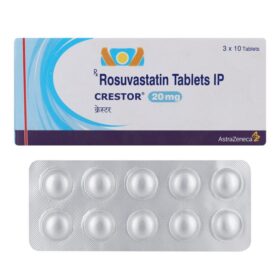 Crestor
Crestor









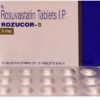
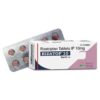
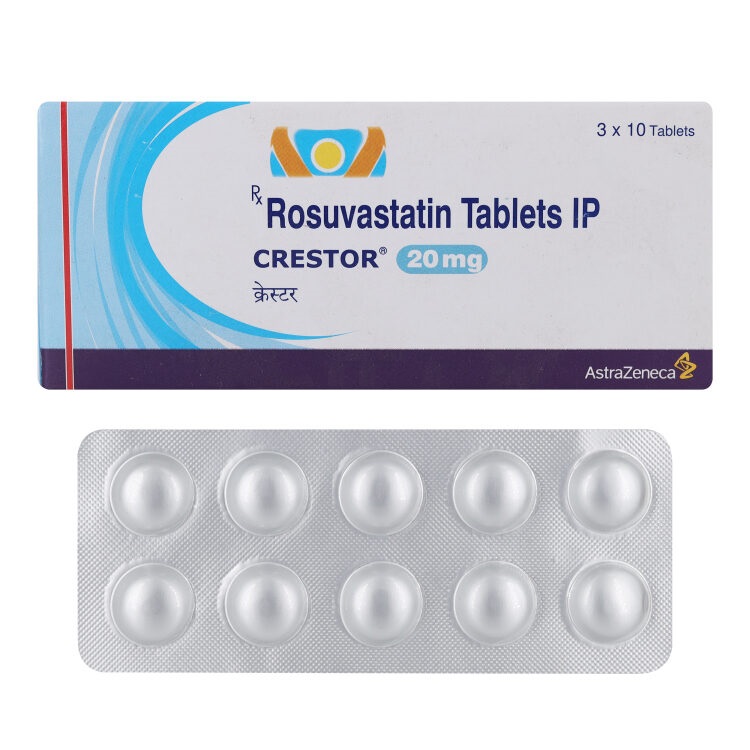
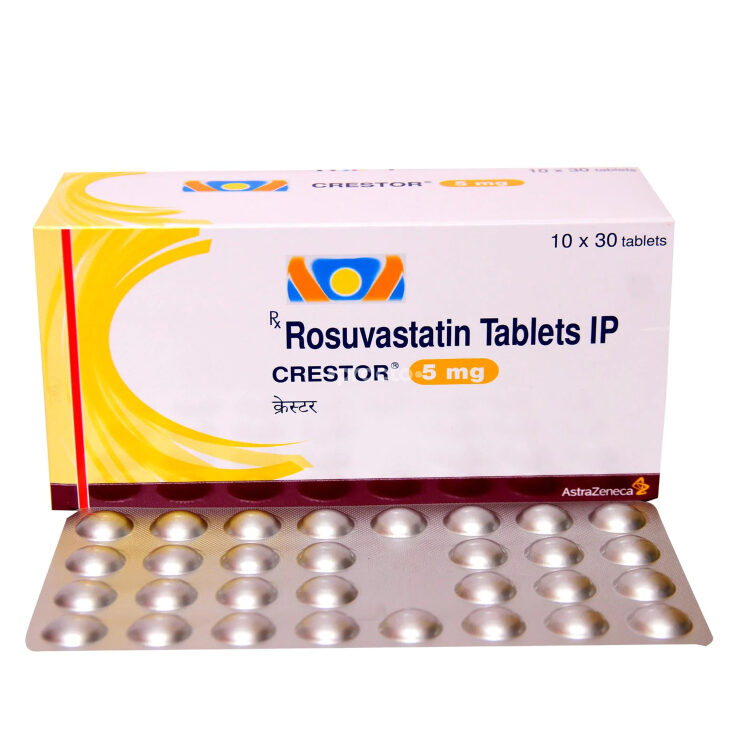
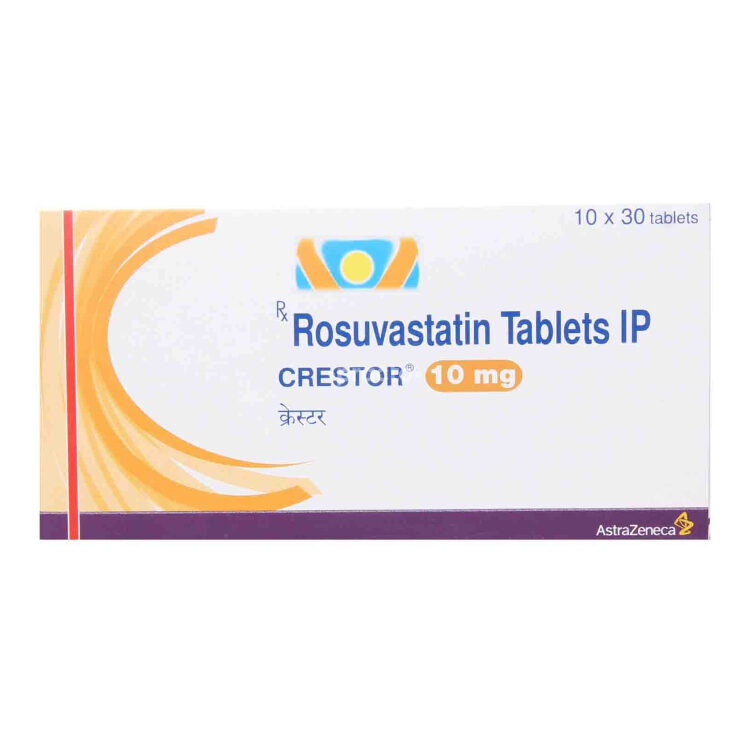
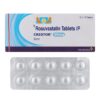
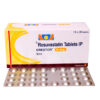
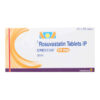
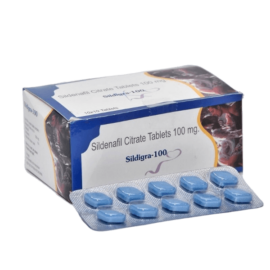
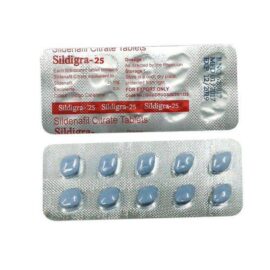
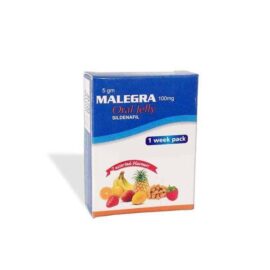
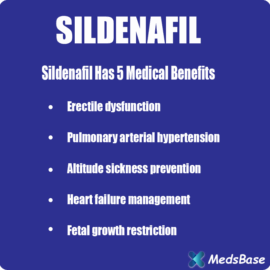
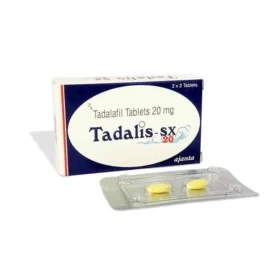
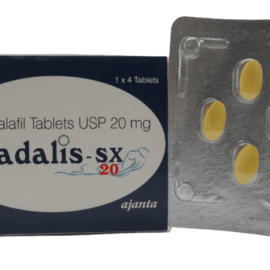
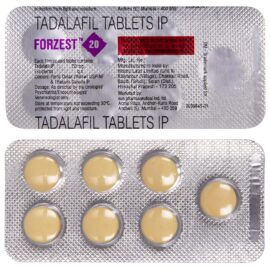
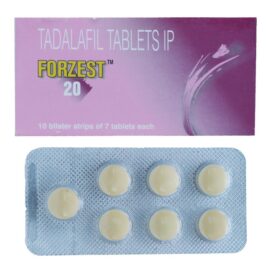
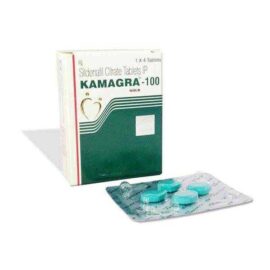
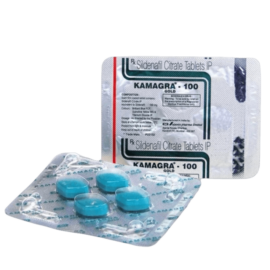
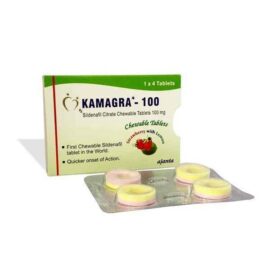
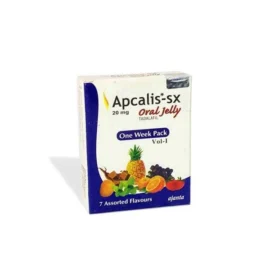
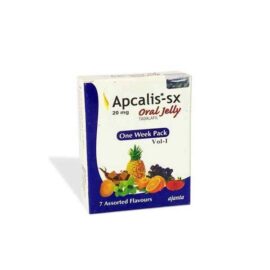
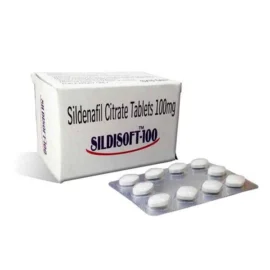
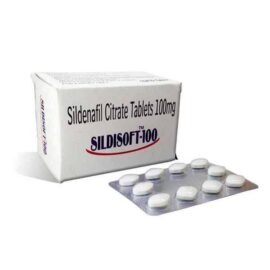
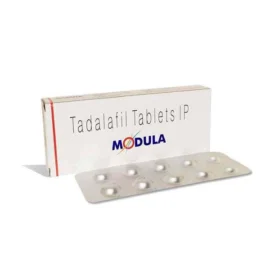
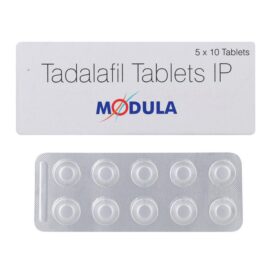
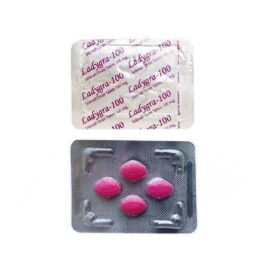
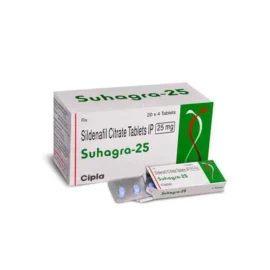
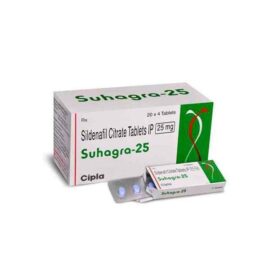
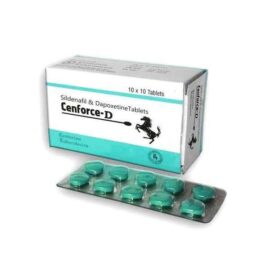
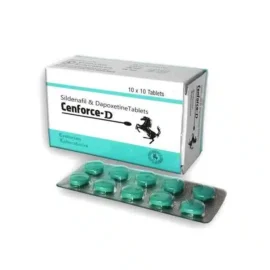
Reviews
There are no reviews yet